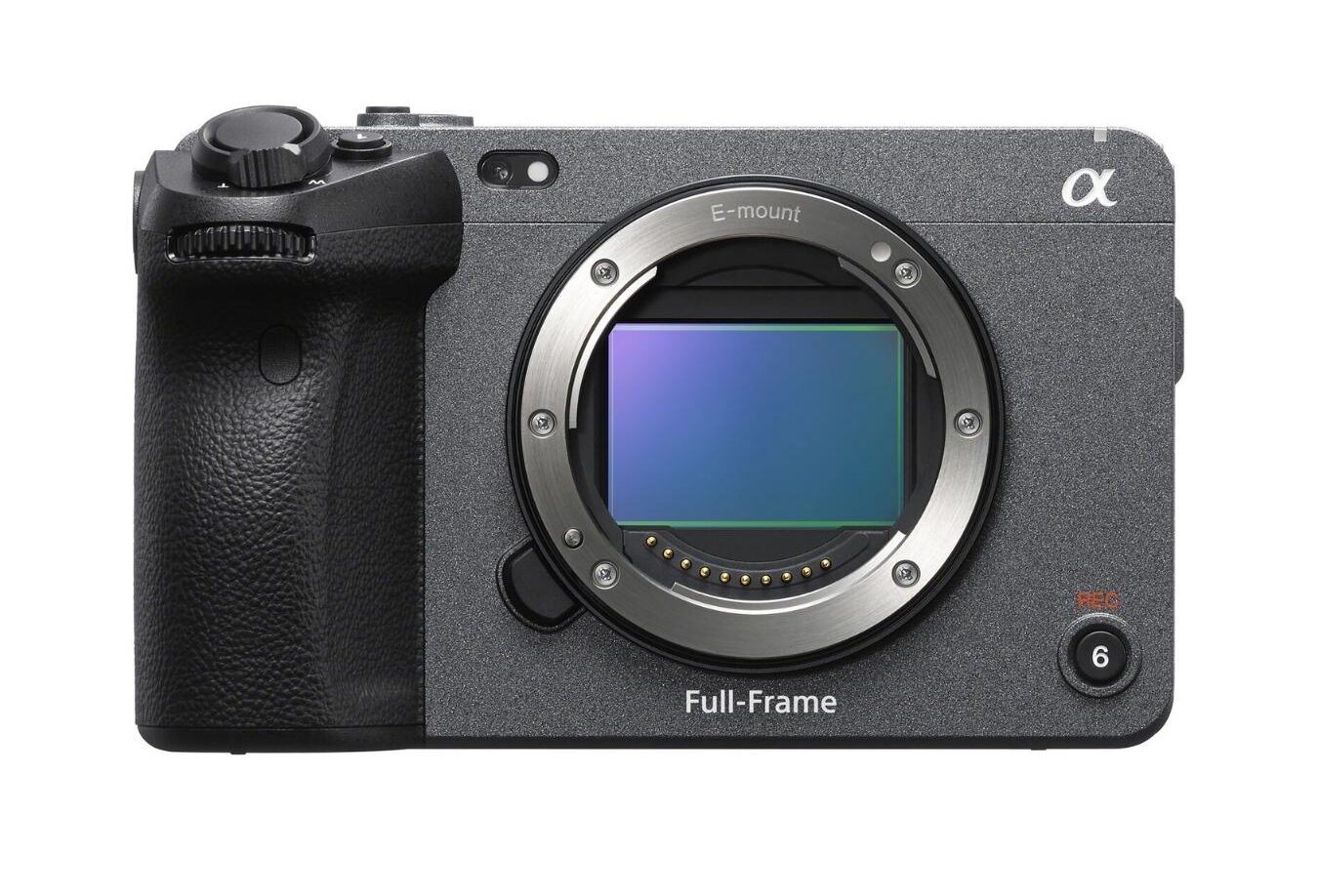Full Frame or Crop Sensor Camera?
There’s a lot of debate about full frame camera and a crop sensor camera . Many people says full frame is better and other says crop sensor is better because you can remake e image quality of full frame bye a crop sensor . Actually no sensor size is the best because it depends largely on the usage .

What is full-frame camera ?
A full-frame camera is a ca,era with a 36*24mm sensor size, just like a camera had a 35mm sensor.Mainly because of their ease of use and portability as compared to medium and large format cameras. People like photographers and photo-journalists who carried equipment around their necks all day.
What is crop sensor camera?
The second most popular sensor is the Advanced Photo System Type C or the APS-C sensor. Most d-slr cameras come equipped with an aps-c Sensor.
At 24x15mm, standard aps-c sensors are 1.5 times smaller than the full 35mm sensor. Which means that the aps-c crops into the image times 1.5. This is known as the crop effect. Which is why aps-c sensors are also called crop sensors
Difference between full-frame and crop sensor camera :
Main difference between full-frame and crop sensor is the sensor size as their name. It means a full-frame camera has a bigger image sensor than a crop sensor camera.The sensor size of a full-frame camera is 36mmx24mm and 24mmx15mm is for crop sensor cameras.

A crop sensor is smaller than the standard 35 mm size, which introduces a crop factor to the photos these cameras take. This means that the edges of your photo will be cropped for a tighter field of view Apart from this there are many other differences between them.
Light capacity and noise control
A large sensor means a bigger pexels,which means that it can capture more light. For instance, a 12 megapixel full-frame sensor will absorb more light when compared to the 12 MP APS-C sensor, simply because the area on a full-frame sensor is more
Full frame camera has more features
ull-frame cameras are made from quality materials, can withstand the weather a little better, and are paired with functionalities like an advanced auto-focus system and precise metering options. Because they’re targeted to the enthusiast or high-end user, they also have more in-camera customization options, and unique hardware. For e.g. a second LCD screen on the top right of the camera, electronic viewfinders, easy switching between different modes, etc. 
But that doesn’t mean that an aps-c sensor camera won’t give you great shots. As they say, “it’s not the camera, but the guy who’s holding it”. Knowing the differences between camera sensors, and how those differences affect your style of photography, can help you make a better decision on what works best for you.
Crop sensor camera are smaller
Because of a smaller sensor and reduced pro-features (which some might call a luxury), crop sensor cameras can be made smaller. A smaller camera is lighter on your shoulders, neck and back.

This really helps photographers who like to travel light or don’t want to draw a lot of attention to themselves, in street photography for instance. A smaller camera also means more space in the bag for lenses, accessories or even a snack.
